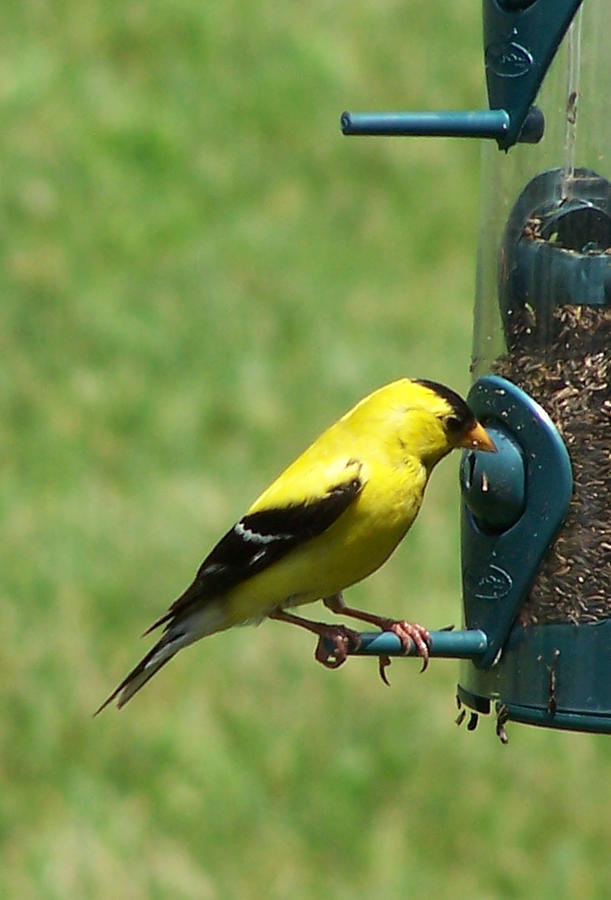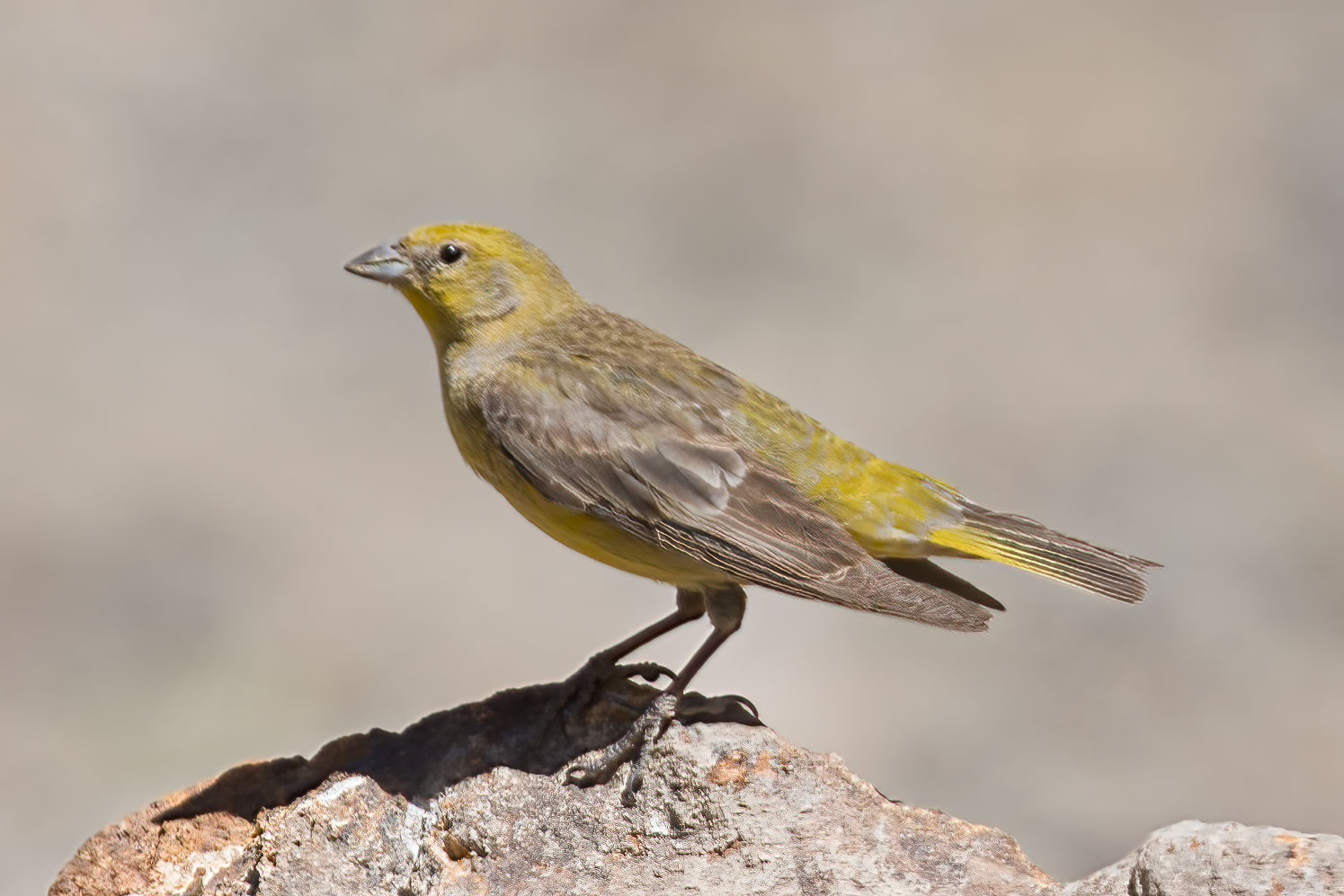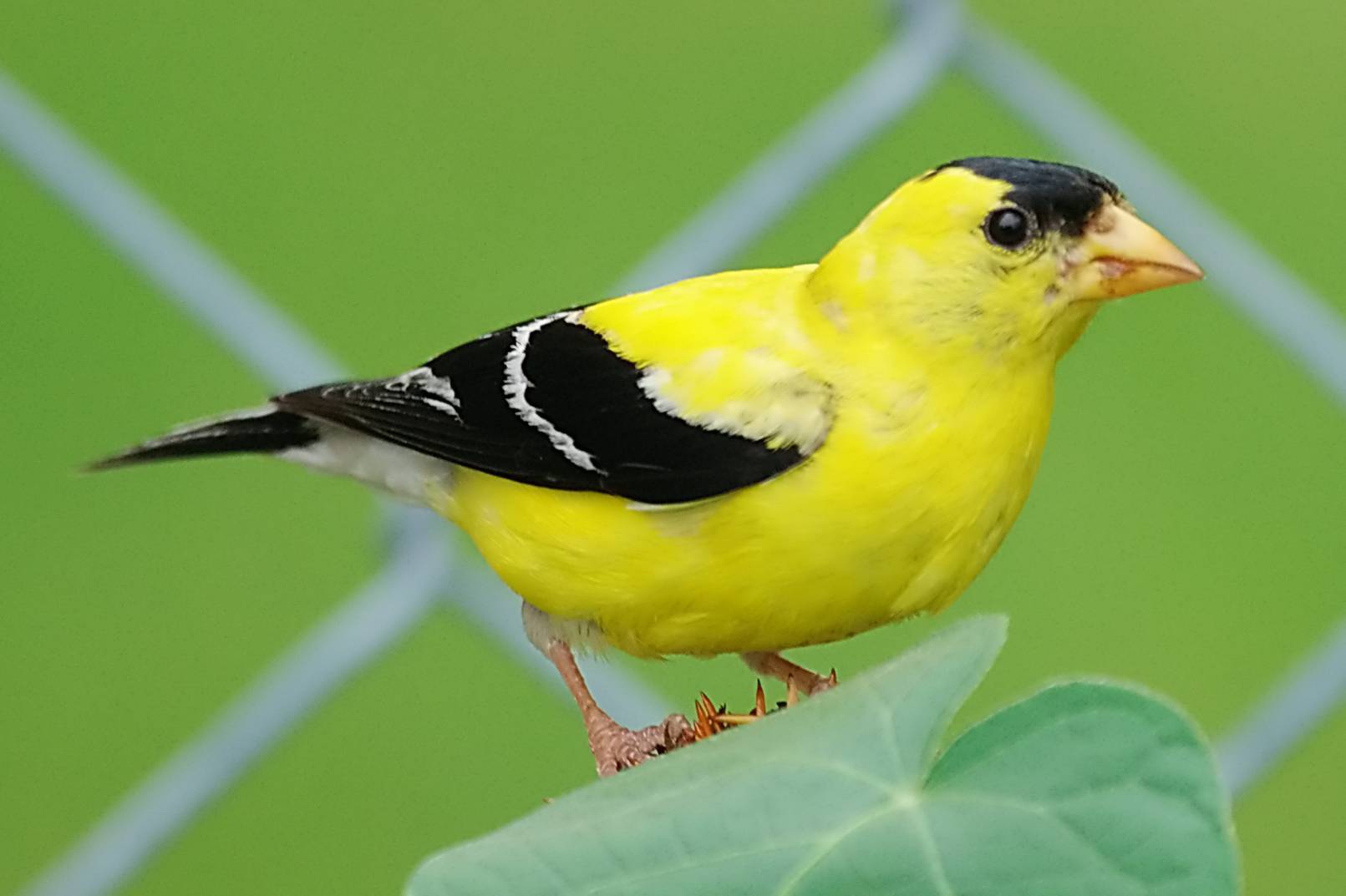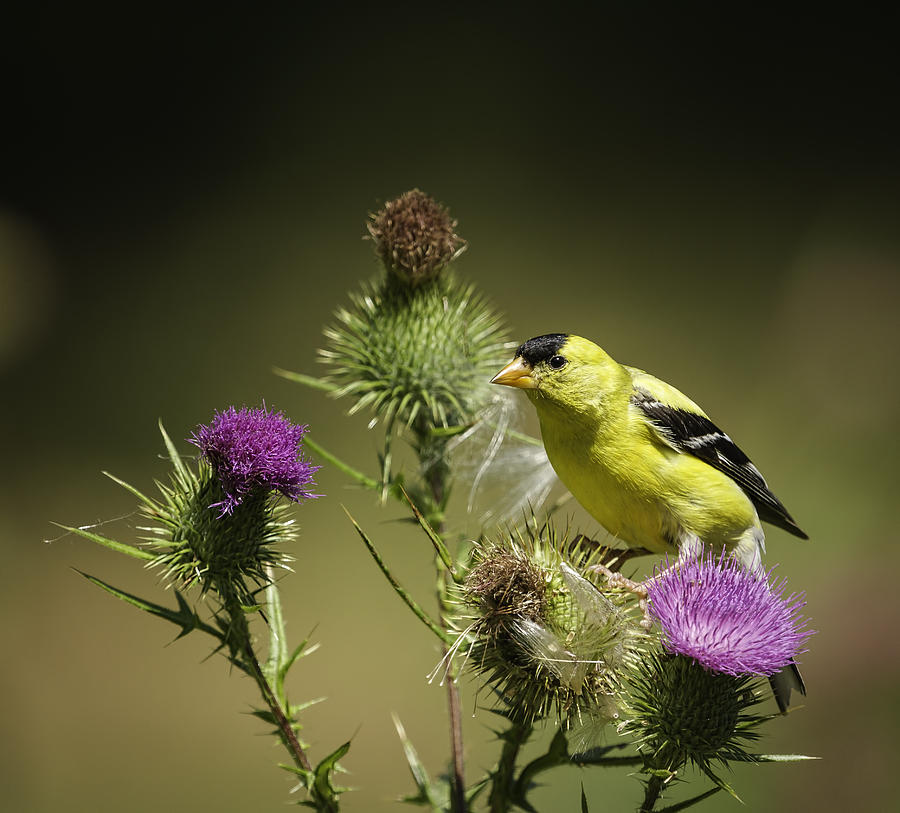

Finch CareĪcross the board, care for these birds is quite similar. People usually keep and breed them as cage birds and in aviaries for their pretty colors and pleasing voices. These birds do make good pets, but they are not particularly cuddly pets. While wild species do not make good pets, we have domesticated a number of different Finch species. From that time, we have developed a wide variety of colors and patterns. Humans began breeding canaries in the 17 th century.

The most commonly domesticated species is the canary. Humans have domesticated a few different species of Finches. Things like habitat destruction, pollution, climate change, pesticides, and more all cause population decline. However, others with smaller populations or restricted distributions suffer more heavily from human activity. Some birds have high populations and wide ranges, and humans do not impact them as heavily.

Human activity impacts different species in different ways. They eat a wide variety of foods including seeds, berries, fruits, grains, flies, mosquitoes, spiders, caterpillars, grasshoppers, and more. Insects and invertebrates are a bigger portion of the diet during the breeding season. Many feed primarily on seeds and grains, but other species are omnivores and feed on insects and invertebrates as well as plants. Diet of the FinchĮach species varies in its diet. No species naturally live in Australia or Antarctica. You can find Finches in North, Central, and South America, as well as Eurasia, and Africa. While some species live throughout large areas, others only occupy a tiny region or a single island. Different species have different distributions. These birds live across a vast range of the globe. Some species even live along the edges of Arctic regions, though they do not extend into areas in the far north. You can find these birds anywhere from tropical rainforests to arid deserts. Some species occupy just a few types of habitats while others live in a wide variety of different ecosystems. The wide variety of different species occupy a number of habitat types and ecosystems. Sadly, they live in just a few regions of the Hawaiian Islands, and habitat destruction is causing sharp decline of their populations. They look a little like rock stars, with their mohawk-like crest and orange coloration around their eyes and necks.
Yellow finch skin#
It uses its sharp beak to peck at the exposed skin of seabirds, primarily booby birds and blue footed boobies. As you might have guessed by the name, this bird feeds on the blood of other birds. Vampire Ground Finch – This bird is actually a subspecies of the sharp-beaked ground Finch.Through selective breeding, people have taken this yellow-green bird and produced a number of different bright colorations for pets. This species is the original ancestor of the domestic canary. Atlantic Canary – The Atlantic canary, also known as the common or wild canary, lives primarily in the Canary Islands.These little birds come in a variety of shapes and colors, learn more about a few unique species below. You can find any number of different Finch species across the globe. The different colorations that you can find on these birds includes black, white, yellow, brown, red, gray, blue, and more. Others have speckles, mottling, or patches of other colors. Some have a single, or solid, coloration. Their plumage, or feathers, comes in a variety of colors and patterns. Most species weigh about an ounce or so, but some species weigh up to 3 ounces. They range in size, from about 4 to 10 inches long.

Their bodies are small and stout, and their bills are mostly short and thick. These little birds come in a variety of different colors.


 0 kommentar(er)
0 kommentar(er)
